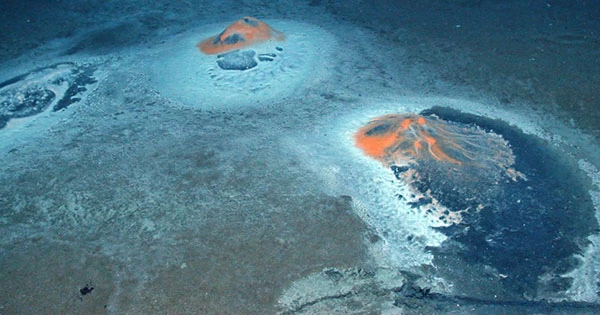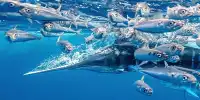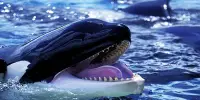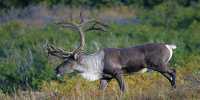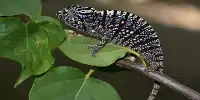Scientists have discovered large gardens of sea sponges deep beneath the Arctic Ocean, on the summits of former underwater volcanoes that live by feeding on the fossils of extinct species that died thousands of years ago. The latest finding of sponges that eat fossils is unlike anything experts have ever seen. The worldwide team of scientists who published their findings in the journal Nature Communications noted that this discovery helps to address the enigma of how animal life can survive and thrive in the ice-covered Arctic Ocean where traditional food sources are unavailable.
“We discovered vast sponge gardens thriving on top of extinct volcanic seamounts of the Langseth Ridge but had no idea what they were feeding on,” Antje Boetius, the expedition’s chief scientist from the Max Planck Institute for Marine Microbiology, said in a statement. The scientists gathered samples of sponges from the Langseth Ridge – an underwater mountain range not far from the North Pole – and studied the distribution of sponge gardens on the seafloor to figure out how they were thriving. Chemical processes within the sponges revealed that they were eating petrified worm tubes and hardened waste from other prehistoric species, which was very unusual.
“Our research demonstrated that sponges have microbial symbionts that can utilise ancient organic debris,” said Teresa Morganti, a sponge expert at the Max Planck Institute for Marine Microbiology and the study’s first author. “This permits them to graze on the remains of former, now-extinct residents of the seamounts, such as protein-and-chitin-rich worm tubes and other trapped debris.” The sponges, on the other hand, require some assistance when it comes to chomping on fossils. Sponges are one of the most basic forms of animal life; despite their appearance, they are animals, not plants or fungi, and they have a complicated symbiotic connection with bacteria that live within them.
These bacteria are given a place to live in exchange for pumping out antibiotics that benefit the sponges’ health. The microorganisms also assist the sponges by digesting and dissolving the super-tough substance of the fossils, releasing it as food for the sponges. “This is a one-of-a-kind ecosystem,” Boetius concluded. “In the high Central Arctic, we’ve never seen anything like it.” Primary productivity in the overlying water provides less than 1% of the sponges’ carbon need in the research region. As a result, while this sponge garden is a transient ecosystem, it is rich in species, including soft corals.”
